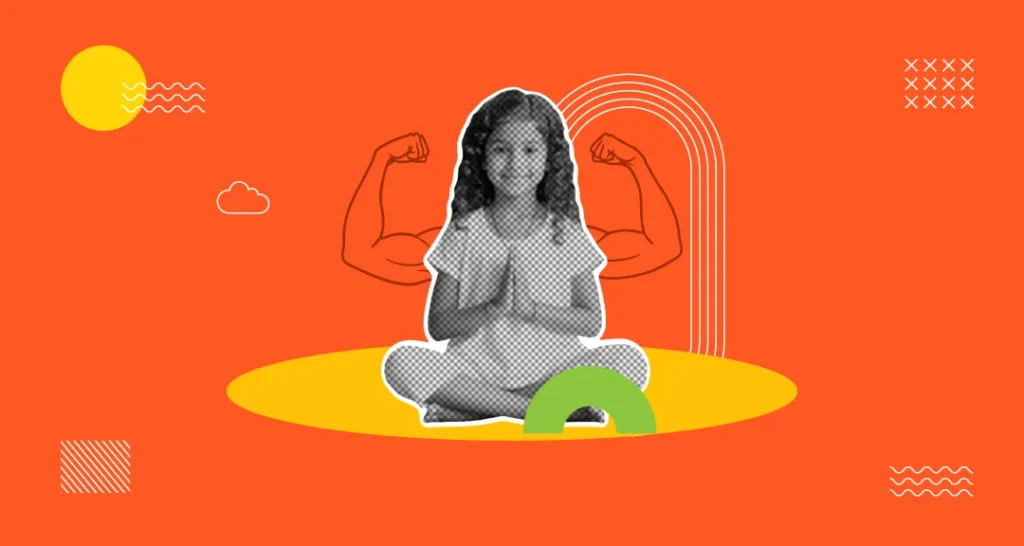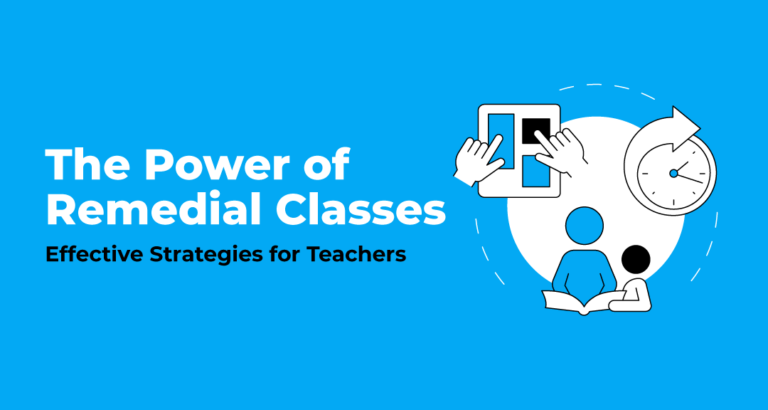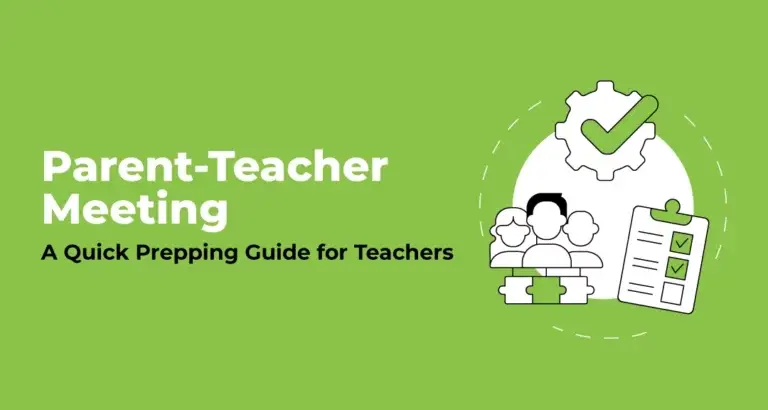5 Easy and Simple Yoga Poses for Kids
- Teaching
- June 21, 2025
- VOLT Learning

In today’s time, when our little ones are burdened with schoolwork, digital distractions, and nonstop activities, yoga stands out as a gentle anchor. Making them practice yoga poses is not just about introducing twists, stretches, and bends; it is a way to help them inhale fresh energy and exhale anxiety so that they can reconnect with themselves. When kids practice yoga, the levels of a brain chemical called gamma-aminobutyric acid (GABA) increase, which is associated with a happy mood and decreased anxiety.
Each movement and mindful breath during a yoga session helps kids build strength, both inside and out, while striking the right balance between their mind, heart, and soul. To young minds, yoga offers a quiet, happy, and calming escape to become more focused, flexible, and at peace every day.
As we gear up to celebrate the International Day of Yoga, there’s no better time to inculcate a good habit of wellness among young minds by introducing yoga poses to them.
The Benefits of Yoga Poses for Kids
Research shows that children who start yoga early develop better stress management, improved concentration, and greater self-esteem—skills that last a lifetime. In fact, a growing body of studies reveals that regular practice of yoga asanas for kids can help reduce anxiety, sharpen memory, and even boost academic performance.
For mental well-being, simple yoga for kids works wonders by introducing mindfulness and emotional regulation. The deeper indulgence towards yoga asanas among kids helps in early recognition and management of their feelings through breathwork and gentle movement.
Yoga exercises help them attain the ability to bounce back from stress or setbacks by calming their minds and bodies when faced with challenges. Over time, these skills translate to improved mood, better self-regulation, and a stronger ability to cope with everyday pressures.
Physically, yoga builds a foundation of strength, flexibility, and balance by helping children develop better posture, coordination, and body awareness. And how can we neglect the emotional part? Yoga plays a crucial role in boosting self-confidence and kindness in little ones. Here’s how – when children master new poses, they feel a sense of accomplishment and pride, which instantly boosts their self-esteem and results in a positive self-image. Additionally, it is believed that children who participate in group yoga sessions develop social skills, learn teamwork, and cultivate empathy for others.
Discover 5 Fun and Easy Yoga Poses for Kids
Looking for ways to make yoga exciting for kids? You’re in luck! We have compiled an incredible collection of fun and easy yoga poses specifically designed for children. From playful moves to animal-inspired poses, we have selected five yoga poses that help kids in their daily lives. Some of them are great for making the back and spine strong, which kids need when they’re sitting in class all day. The rest of the postures will help them relax and let go of stress, which is super essential nowadays given the amount of screen time.
1. Crescent Moon Pose
Also known as Anjaneyasana or Ashva Sanchalanasana, this is one of the easiest yoga poses for kids that helps enhance core body strength, balance, and concentration. It involves a lunge with a backbend that lets kids stretch their legs, pelvis, chest, and spine. The name of this yoga pose, “Crescent Moon,” comes primarily from the shape the body takes when children practice. This yoga posture is a kneeling hip opener and a heart opener pose, with the arms raised and the back slightly arched.
Benefits: Calm the mind, increase flexibility, and relax the body
How to practice:
2. Ragdoll Pose
It is a simple yoga exercise for kids that includes forward bends, inversions, and standing posture. Immensely popular as a variation of uttanasana, or standing forward bend, this yoga posture helps children release tension. The best thing about the Ragdoll yoga pose is that it helps develop greater flexibility in kids by boosting energy in the body, especially the spine.
Benefits: Unblock the nose, improve digestion and concentration
How to practice:
3. Cat-Cow Stretch
This is a playful animal yoga pose for kids, which is well-recognised for encouraging fluid movements and mindfulness in the little ones. To reap maximum benefits from this exercise, kids must curve their lower back with hands under their shoulders, knees under their hips, and head up – mimicking a gentle cow/cat-like posture. For Cat pose, they exhale, round their spine, tuck their chin, and curve like a stretching cat. Flowing between these poses, kids move with their breath, creating a smooth, wave-like motion. It’s a fun-based, simple yoga for kids that adds flexibility to the spine, starting from the neck to the tailbone.
Benefits: Massage body organs and backbone, stretch neck and torso
How to practice:
4. Boat Pose
Also known as Naukasana, this yoga pose is typically categorized under core-strengthening yoga exercises, as it helps kids tone their abdominal muscles and strengthen their spine. The name is derived from the Sanskrit words “Nauka”, meaning boat, and “Asana”, wherein kids sit on the floor, knees bent, and feet flat. They have to lean back slightly and lift their feet to create an ideal balance on their sit bones, with shins parallel to the ground, mimicking a boat on the water. For added challenges, they can also be asked to straighten their legs to form a “V” shape posture. This pose requires lots of focus and core engagement, making it an exciting yoga exercise for kids.
Benefits: Relax muscles and joints in kids, relieve nervousness and tension
How to practice:
5. Cobra Pose
Named Bhujangasana, this yoga pose is designed to help children stretch their chest and strengthen their back. It comes from the Sanskrit word “Bhujanga,” which means snake, paired with “Asana.” Picture this: kids lie tummy-down, legs stretched long behind them, hands tucked right under their shoulders. With a big and slow breath in, they gently lift their chest while keeping their hips snug to the ground just like a cobra peeking up from its coil. In this posture, children have to tilt their chin slightly further and hold it for a moment, taking deep breaths, then relax. The Cobra yoga pose requires a little focus and feels like a fun stretch, making it a great yoga exercise for kids and a favourite among animal yoga poses for kids.
Benefits: Supports back flexibility, improves appetite and tones back muscles
How to practice:
Let’s Celebrate the Magic of Yoga Together.
Yoga plays a crucial role in the psychological, mental, and physical development of children. When kids practice simple yoga poses, they not only gain improved concentration, but breathing exercises also enhance the inner balance, strength, endurance, and aerobic capacity of children. As they learn to pause, breathe, and be present, children become better equipped to handle life’s ups and downs. Ultimately, by making yoga a part of their routine, we’re giving them the gift of lifelong well-being and happiness—one gentle movement at a time. Together, we can inspire a brighter, calmer, and more connected future.
FAQs on Practicing Yoga Asanas for Kids
1. What surprising stats show yoga's impact on children's emotional well-being today?
Yoga poses have a significant contribution to a child’s well-being, psychological and academic development, and here’s the proof. The influence of yoga multifolds among kids through breathing practices and meditation brings benefits like reduced anxiety by lowering levels of stress hormones and a sharper brain with improved cognitive skills.
2. How does yoga help children better manage pre-exam anxiety and academic stress?
Yoga exercises for kids play a crucial role in equipping children with mindfulness and helping them stay calm with improved focus. Research shows these practices not only reduce pre-exam anxiety but also improve concentration and enhance academic performance by lowering stress and promoting emotional balance.
3. What role do breathing techniques play in enhancing children's self-regulation skills?
Yoga poses for kids involve stretching and breathing techniques that encourage children to master the art of pausing, calm their minds, and regulate their emotions. All this results in better self-control, improved attention, and enhanced adaptability.
4. What are the benefits of yoga for kids?
Yoga helps children develop physical strength, flexibility, and balance, while also improving their focus and emotional regulation. It reduces stress, enhances self-confidence, and supports better sleep, making kids healthier and happier in their daily lives.
5. What is the role of yoga in the education of gifted children?
For gifted children, yoga offers mental clarity, stress relief, and emotional balance. It supports creative thinking, self-regulation, and social skills, helping them manage high expectations and stay motivated in their academic pursuits.
6. What is the role of yoga in the psychological development of children?
Yoga develops self-awareness, emotional stability, and physical relaxation, which are essential for psychological well-being. It helps children manage anxiety, build confidence, and create positive coping strategies, supporting overall well-being and healthy emotional growth.
Share On:



